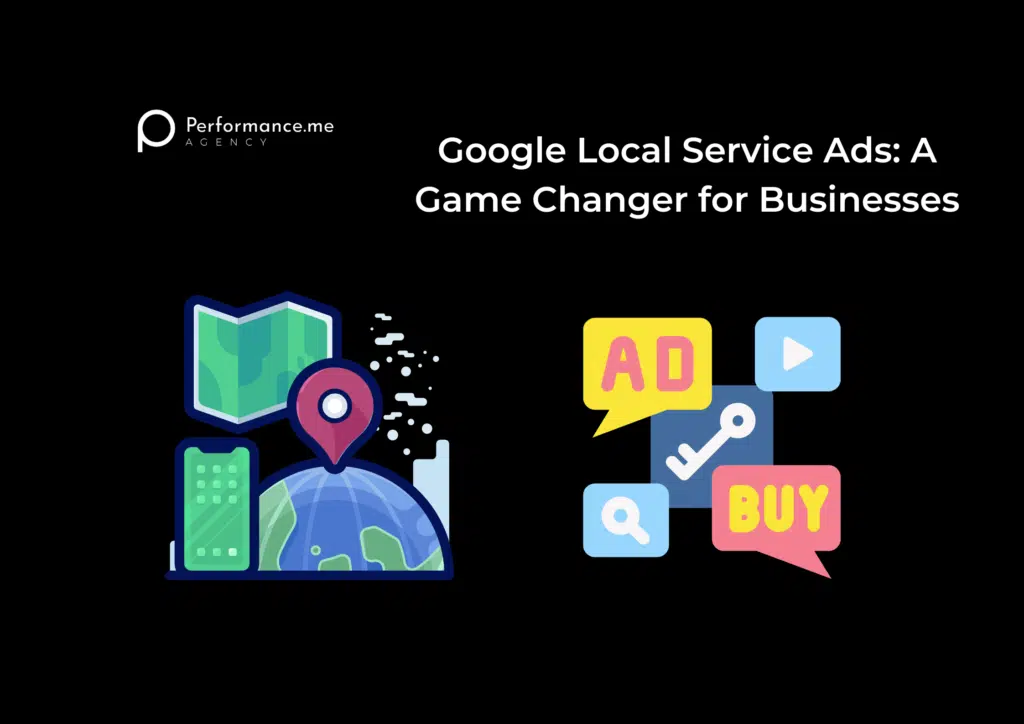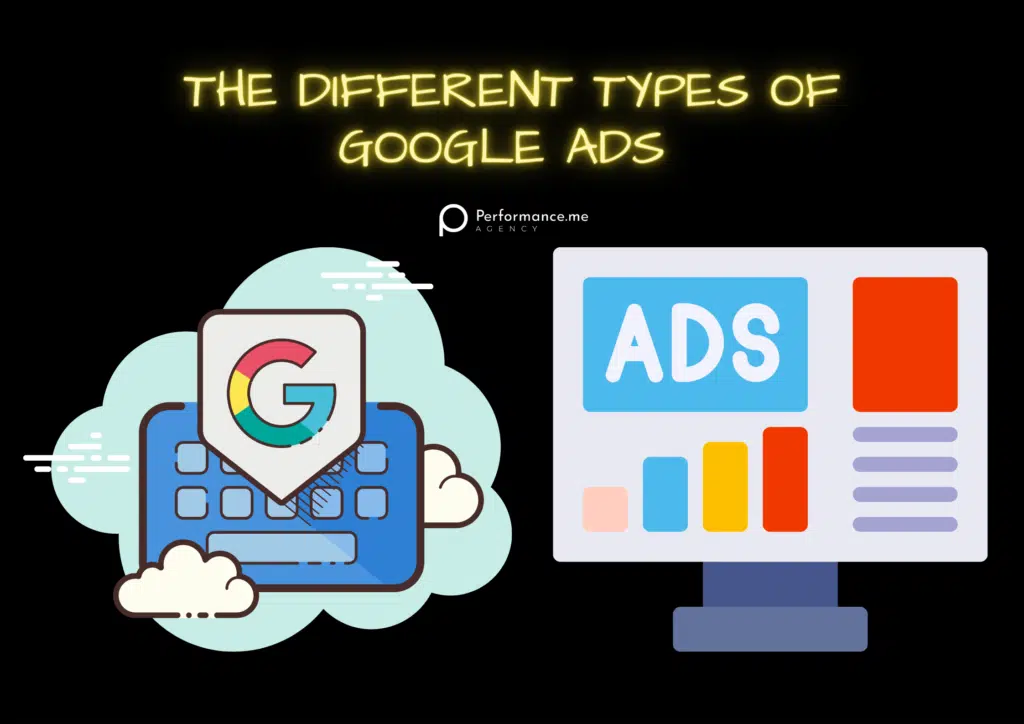Table of Contents
- #1 Figure Out Which Leads You Want to Generate
- #2 Determine the Right Keywords
- #3 Optimize Quality Score
- #4 Efficiently Optimize Ads for Mobile Platforms
- #5 Work on Optimizing Landing Pages
- #6 Boost Your Ad Conversions With Remarketing
- #7 Run A/B Tests to Skew Results
- Let’s Grab Some Red Hot Quality Leads!
- Related Articles
- Frequently Asked Questions
Google Ads is one of the largest advertising platforms for businesses to boost their conversions and revenue. However, capturing quality leads through ad campaigns on Google is a tricky process. From your ad copy to the landing page, everything should align well with Google’s policies while creating an impression on your audience at the same time.
With so many PPC factors to consider, if you focus on the ones you have control over, you can drive traffic to your site and capture qualified leads. Regardless of the industry, we have put together some proven optimization hacks that will help you generate leads from Google Ads. Let’s dive in.
#1 Figure Out Which Leads You Want to Generate
No two leads are the same. Before starting your lead generation ventures on Google, you should be ready with the answer to this question – What are the leads you want to generate? Let’s say that you are looking for users that leave their quotation queries on your online contact forms or their phone numbers for sales queries. Or maybe you want to get newsletter signups to pursue these leads later.
Leads generated in different categories will have a different value for your company. So, you should begin with one or two lead types on Google Ads that are important. Based on your leads criteria and end goal, you can set up the definition of the conversion in your Google Ads account. This way, you will be targeting more relevant keywords, designing better ad copies, and hosting perfect landing pages based on your objective.
#2 Determine the Right Keywords
The more targeted your keyword, ad, and landing page is, the better are the chances of landing quality potential leads on your website. When you plan the right set of keywords for your ad campaigns, your ad copy will be more relevant on the search results page. This will help you bring the cost per lead (CPL) down as conversion chances go up.
To do this, keyword research is crucial. You need to gather the complete set of phrases and keywords that your target audience might be searching for and then narrow down commercially interesting keywords.
You can do this using Google’s Keyword Planner. Based on reach, target region, and other factors, you can sort out keywords for your lead generation campaigns. It is important that you regularly research, find, and add good keywords to form a good set.
#3 Optimize Quality Score
The Quality Score is a rating on a scale of 1-10 provided by Google that tells about the user experience that your advertisements and landing pages are offering when users search for your targeted keyword(s). In terms of performance, the better quality score you have, the higher will be your ad positions and the lower will be your cost per click (CPC).
To get information about your Quality Score, you can check the Keywords tab under the Campaigns tab in your Ads account. If your score is low, then the first thing to do is stop targeting irrelevant keywords. Next, increase your bid with match keyword phrases. Now your ad group will focus on this particular match type. Also, targeting your branded keywords increases the average click rate and improves your quality score.
Also Read
Google Ads Automated Bidding Myths You Don’t Want to Fall For
#4 Efficiently Optimize Ads for Mobile Platforms
Mobile devices contribute to a majority of Google searches and to generate more leads, you need to be ready to target your audience on all the available platforms. Moreover, it is way easier to boost click-through rates and convert mobile users via Google Ads. How so? Smartphones have a limited viewing space and if your ad pops up on the top, potential leads will have limited options on their screen to choose from.
With the addition of the click-to-call feature to the list of benefits, mobile platforms are a game-changer for capturing leads. To optimize your mobile ad campaigns, firstly, be ready with mobile-friendly landing pages as you don’t want to redirect the mobile users to a page designed for desktop users. After that, write a brief ad copy, as the more concise and to-the-point you are, the more users’ attention you will instantly capture.
Finally, make sure that your lead capture forms are not lengthy because mobile users don’t have the patience to fill out lots of information. Only include the most relevant input fields like name, mobile number, email address, etc.
#5 Work on Optimizing Landing Pages
One of the most common mistakes that advertisers often make while working on Google Ads to capture leads is that they forget about the importance of their landing page. If your ad is leading to an irrelevant landing page, then it is disappointing for users and a dent in your budget as well. If your ad is promising something interesting, then you should deliver that on the landing page to keep visitors engaged.
Imagine someone searching for “hire business lawyer” and landing on a page where various lawyers from different regions are displayed. The user will immediately switch to another site. To avoid this, you should be focusing on designing landing pages with the information that users want to see. For all your keyword sets, have a set of landing pages ready with clear call-to-actions and visible lead capture forms.
Suggested Reads
How to Choose the Right Keywords for PPC
Social Media Advertising 101
#6 Boost Your Ad Conversions With Remarketing
Remarketing is a popular technique used by marketers to target existing customers, prospects, and users who have visited your website or shown interest in your products/services. By using remarketing in your Google Ad campaigns, you can skyrocket your conversions. Why so? Because someone who has already shown interest in your brand in the past is more likely to interact again if you display them the right content.
To do so, Google’s Remarketing Lists for Search Ads feature is really useful. It allows you to customize your search ads to target the users who have already visited your site. After this, all you need to do is place your bids and optimize the ad content for these users and your ads will pop up on the top.
#7 Run A/B Tests to Skew Results
With A/B testing, you can figure out what kind of content is working the best for your target audience. When we say run A/B tests, we mean to run it across your ad copies, headlines, display URLs, bidding strategies, landing pages, and lead capture forms. This ensures that you are improving the overall user experience, which results in a better quality score, more leads, conversions, and great user engagement.
To run efficient A/B tests, you should make one change at a time and then test the two ads against each other. You can then measure which one has a better click-through rate, lower cost-per-click, and more conversions. After analyzing the results, you can note what changes are delivering results and implement those across all your similar Google Ad campaigns.
Related Reads
What Is Quality Score and How Does It Affect Google Ads
7 Google Ads Keyword Bidding Tips You Need to Try
Let’s Grab Some Red Hot Quality Leads!
Google Ads can prove to be a crucial part of your lead generation campaigns if you launch your PPC campaigns wisely. In the end, getting quality leads is all about bringing in relevant traffic and displaying relevant content to boost conversions.
Now that you have seen these seven optimization hacks to generate leads, it is time to get your strategies right, landing pages ready, and lead capture forms running. Take your time to go through these hacks discussed above and practice patience while testing out these new techniques in your ad campaigns.
If we missed any useful hack you would like to tell, feel free to share your opinion. Have a great time capturing leads from Google Ads!
Frequently Asked Questions
What are ways to generate leads from Google Ads?
1.Figure Out Which Leads You Want to Generate
2.Determine the Right Keywords
3.Optimize Quality Score
4. Efficiently Optimize Ads for Mobile Platforms
5.Work on Optimizing Landing Pages
6.Boost Your Ad Conversions With Remarketing
7. Run A/B Tests to Skew Results
Why is it important to work on optimizing landing pages?
Yes, It is important to work on optimizing landing pages because when your ad leads to an irrelevant landing page, it will disappoint users. So, if your ad promises something, it should deliver that on the landing page to keep visitors engaged.
What is the use of running A/B Tests?
It helps to ensure that you are improving the overall user experience, Which helps to have good results in better quality scores, more leads, conversions, and great user engagement.



